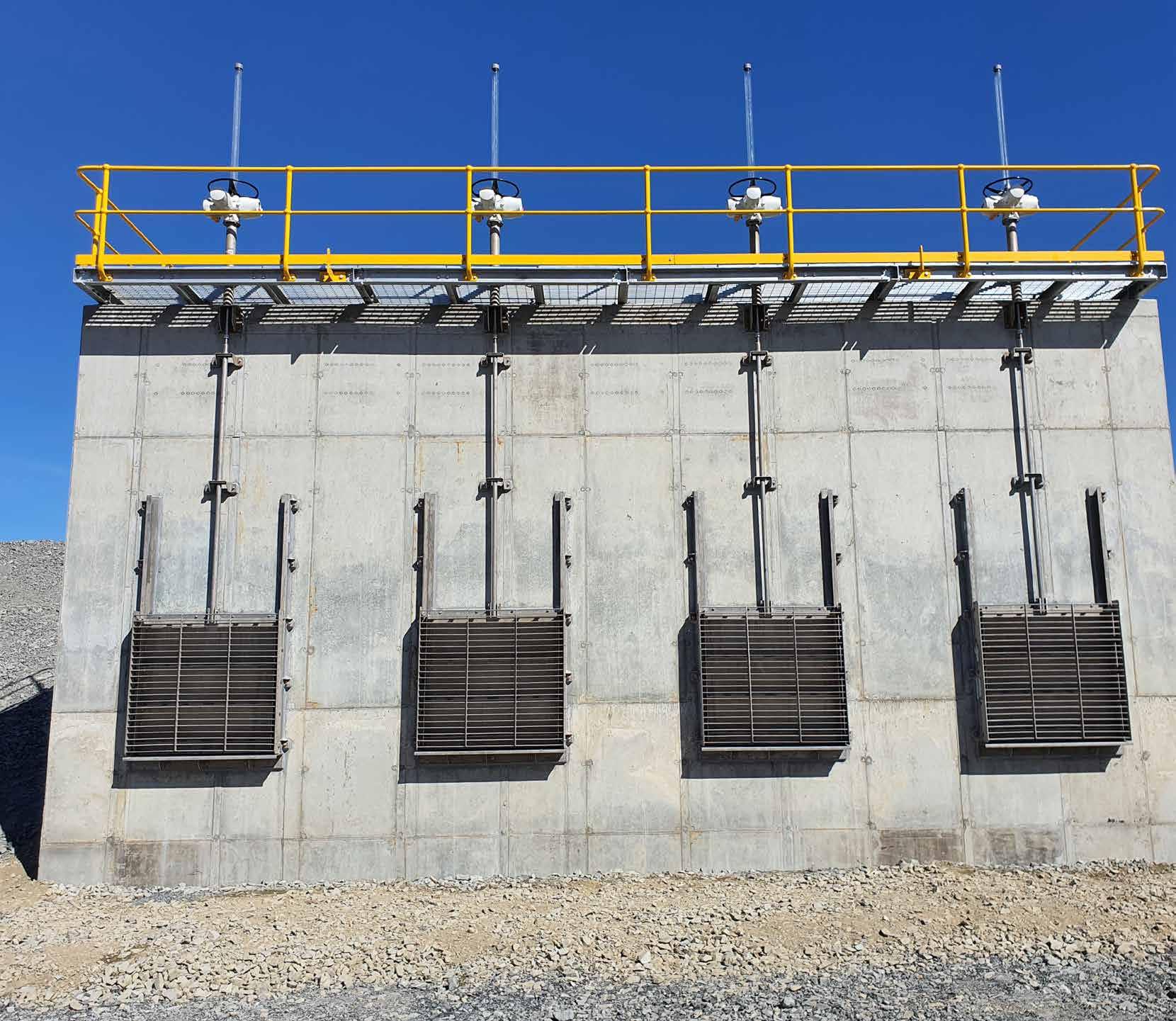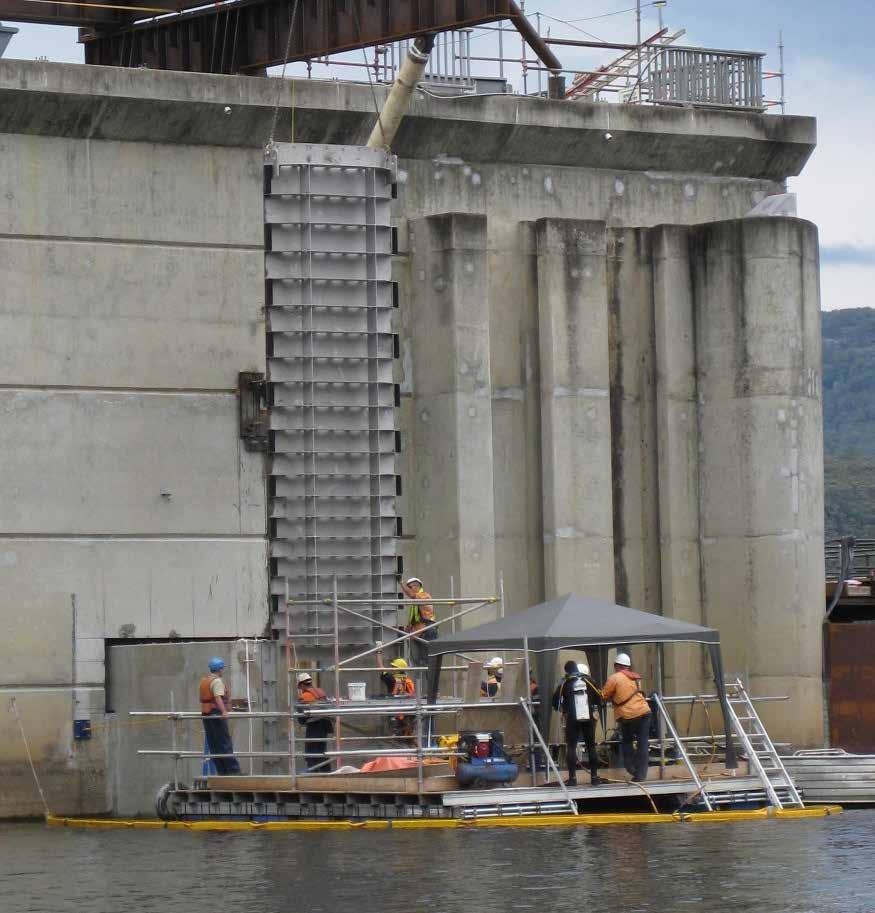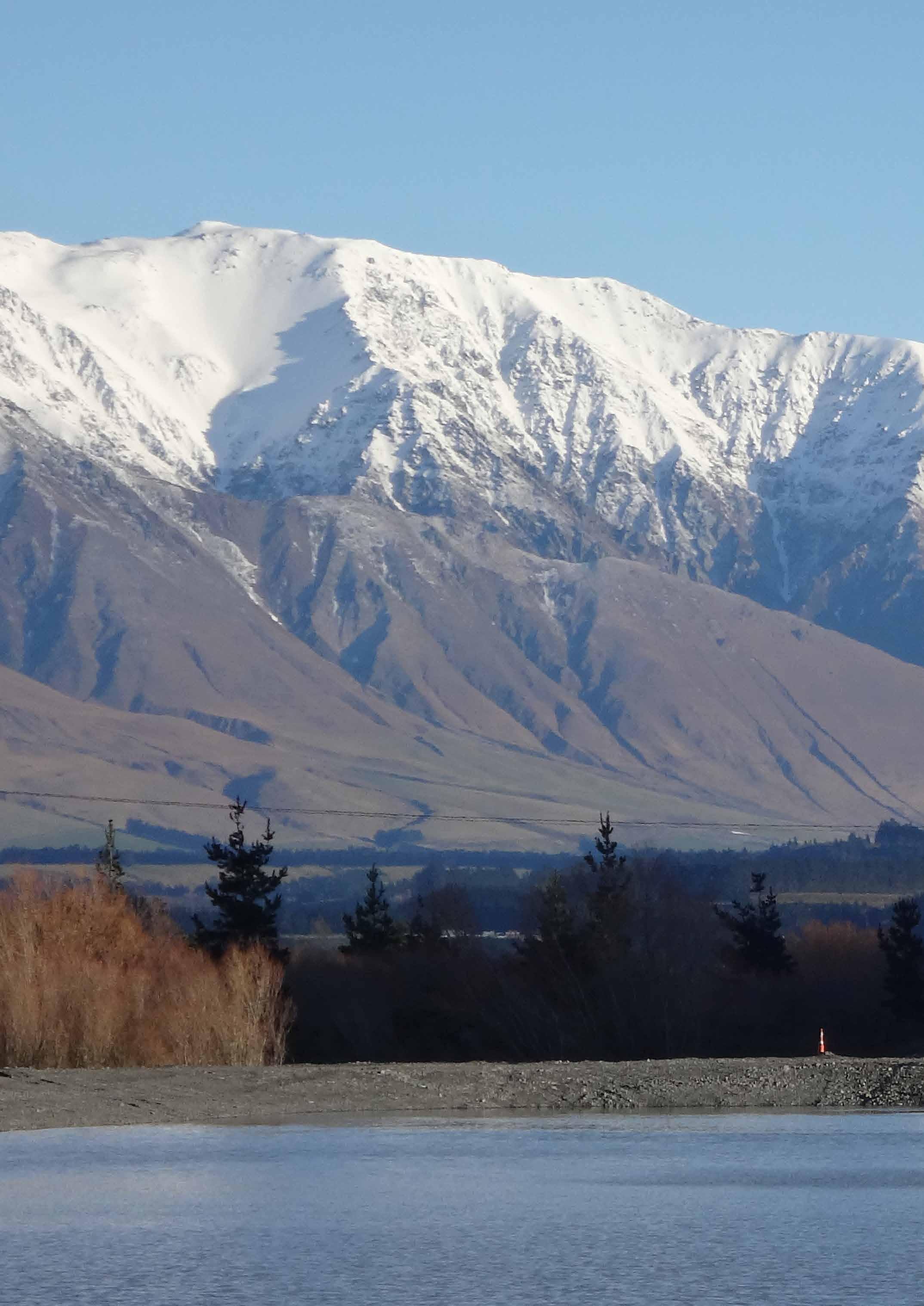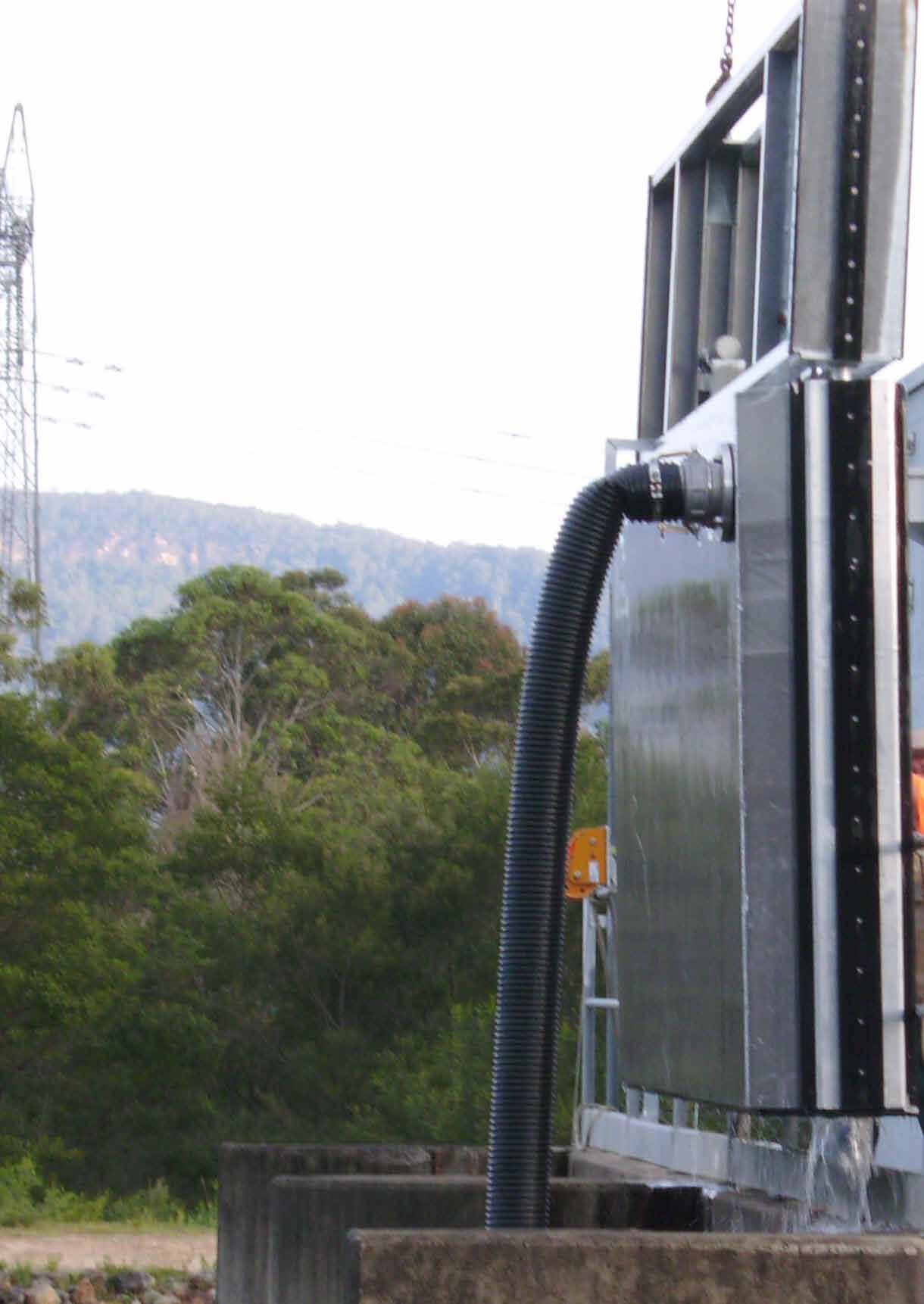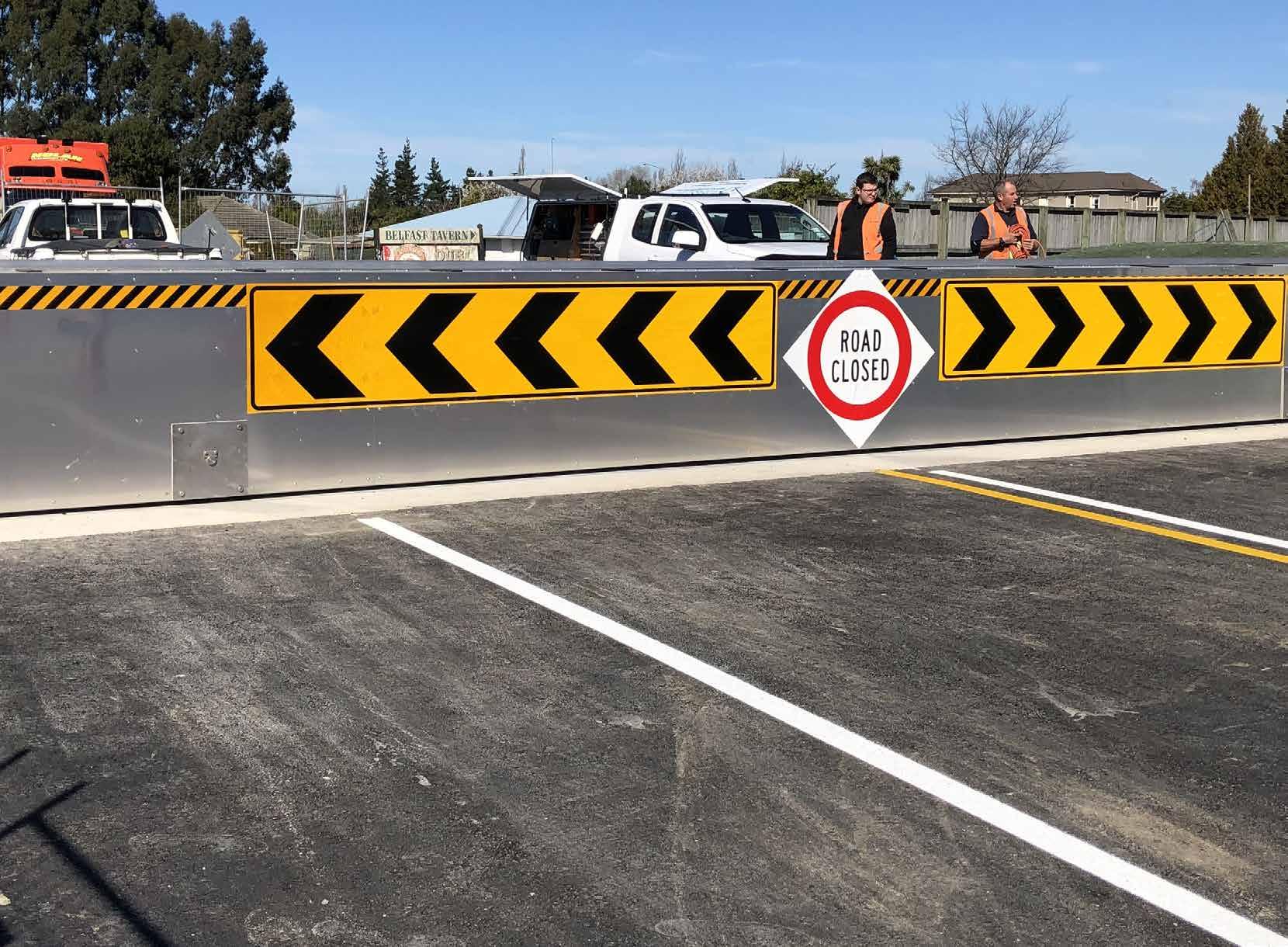
1 minute read
MOLLEE WEIR FISHWAY AND REGULATOR
PROJECTS
MOLLEE WEIR FISHWAY AND REGULATOR
Advertisement
• Partnered Geotechnical Engineering and WaterNSW.
• This project required water control infrastructure that could sustain high frequency fish lock gate operation, as well as a regulator gate to attract fish, and pass environmental and low flows as required.
• All water control equipment can be linked to WaterNSW’s SCADA system for remote monitoring and operation.
• Hydrostatic testing on site.
• Dynamic loads during operation were modelled using CFD software to ensure all dynamic operational forces were accounted for in the design.
• Full in-house assembly and testing to reduce risk during install. potential wear of equipment, maintenance requirements and subsequent whole of life costs. To address these issues, AWMA developed a cable drive system for the regulator gate based on the mechanics of the proven AWMA LayFlat gate.
• The dual leaf stainless steel DLF roller gate is 4.5m wide x 4.4m high and has been designed to withstand 5m of static head pressure plus debris loading.
• AWMA’s innovative design effectively eliminates wearing parts from the actuation system, significantly reducing the whole of life costs and maintenance requirements. The cable driven system is powered by an electric actuator.
• AWMA TLF and DLF gates were utilised for the fishway entry and exit. They were all fitted with hydraulic linear actuators and position controllers, allowing full SCADA integration. These fishway control structures are specifically designed for high frequency operation with the gates fully opening and closing up to 24 times a day. This application demands precise manufacturing tolerances and inherently low friction sealing designs, coupled with low maintenance, due to the location of the fish lock. The control gates and the cylinders were both constructed from grade 316 stainless steel. The largest cylinder has a 4400mm stroke, delivers up to 5t thrust, uses biodegradable oil, features integrated controls and is fully bunded.
• Aluminium segmented stoplogs were supplied with AWMA’s self-engaging lifting frame that inserts and removes the lower stoplog section when submerged under 6m of water.

